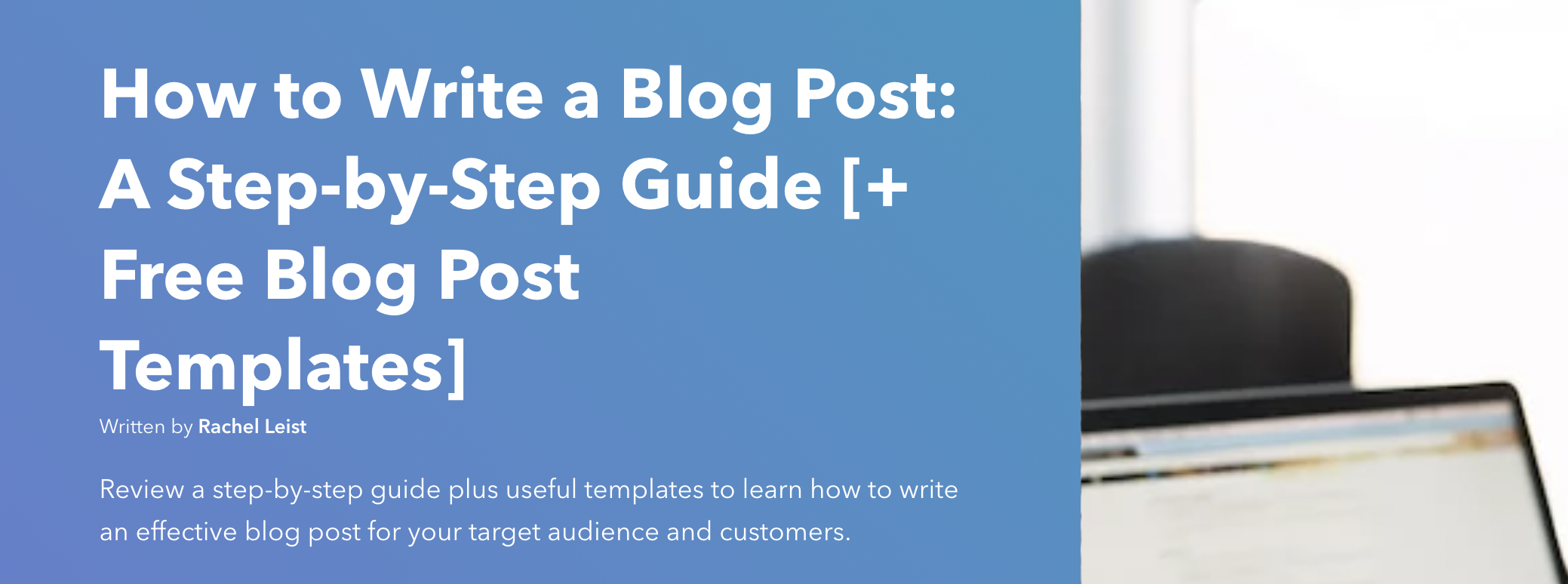What's an SEO library and why do you need one?
Let me ask you a question: out of all of the content on your website, how much of it belongs to your SEO library?
You see, most companies (and particularly those in SaaS), have an SEO library. They just don’t call it or think about it in that way.
Yet knowing what content you have that’s solely focused on SEO, is often the key to unlocking growth. Here’s why.
What’s an SEO library?
An SEO library is the content on your website (blogs or specific pages) that help you to get found in search. Its purpose is to rank for key terms and be found by users searching for related topics or products. The ultimate aim is to provide you with traffic, leads and hopefully sales, from organic search.
Maybe you don’t call it your “SEO library” but you’ll probably (hopefully) know which of your blogs and pages generate the most traffic organically.
Here are a couple of examples of content that I’d imagine belongs to these company’s SEO libraries:
Hubspot’s blog titled “How to write a blogpost”
This content is very clearly aimed at answering the user question “how do I write a blogpost”, and given that it sits on page 1 of Google for this query, I’d imagine it brings in quite a lot of organic traffic.
BambooHR’s landing page for “employee onboarding software”
This is a landing page rather than a blog, but is clearly designed to rank for a use case that their audience might be searching for. Bamboo HR’s homepage probably ranks for the generic term “onboarding software” but by having this landing page they also rank for more specific queries for example “employee onboarding software”. This also ranks on page one for “digital employee onboarding”, which you can imagine is a topical term being currently searched by HR departments. Good work BambooHR!
The benefit of having a clearly identified SEO library
The reason I’m so keen on helping content teams and Founders to identify what belongs to their SEO library vs other types of content, is because it makes for a stronger SEO strategy, and therefore better growth.
SEO content needs to be created and treated differently to other content that may also live on your website or blog, but isn’t designed to rank in search.
Both your SEO content and your other content (which I’ll call your “brand content library”) can live together. You can have both types contained under a “blog” category, or using the same URL structure. But understanding why you’re writing each piece of content, based on whether it’s for SEO or for your brand, is a huge part of content marketing done well.
How to manage your SEO library
Once you’ve committed to thinking about your content in this way (SEO content vs brand content) here’s what you need to know about building your SEO library.
It needs to be written differently
SEO content content is written specifically for search and to answer questions that your customers are putting into Google (Bing etc.). This content is strategically researched and written to answer these questions. There should be one core piece of content per key term, as well as internal linking between pieces.
With brand content you have a lot more freedom. You can write in a more creative or journalistic manner without constraint as you aren’t trying to please Google or worry about on-page SEO optimisation. For example, you may interview someone in your industry and publish it on your blog as an interesting piece for your customers to read. This is unlikely to be part of your SEO library so it has other aims and should be distributed differently (as people won’t find it organically).
It’s measured differently
SEO content is measured by how well it ranks in search engines and how much traffic it generates via organic search. You can’t measure brand content in this way because it isn’t written for search. I constantly see content teams working on brand content then trying to measure its success by how much organic traffic it generates.
Instead, brand content can be measured by qualitative feedback from customers, clickthroughs from where you’ve shared it on social or in your newsletter and many other metrics of brand affinity and engagement.
It may need to be updated more frequently
SEO content tends to be “evergreen” whereas brand content can often age quickly. If you think about a press release, interview or even a podcast episode (which all usually fall under “brand content”) these are usually most relevant straight after publication.
However a guide, or page like those mentioned above, would be relevant for years to come. I usually advise clients to update their SEO library annually to ensure the content is still relevant, and to help keep it top of search.
Yet another great reason why you should have a clearly identified SEO library - now your content team knows exactly what to update each year ;-)
Once complete, it should compound over time
I love SEO as a growth strategy as it compounds over time. Unlike paid media where you only get output when you add input, SEO content keeps growing.
Once you’ve created all of the content that makes up your SEO library, this should increase in traffic and leads over the next few years. This is also why you often don’t need to create “SEO content” week in, week out. Once your SEO library is built your content team or agency can focus on brand campaigns and initiatives, or further TOFU content to extend the moat around your company.
Need help unlocking your SEO library? Get in touch.


